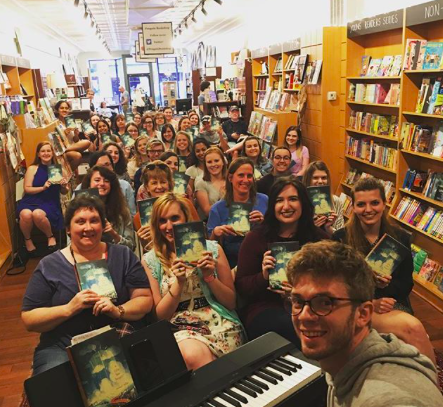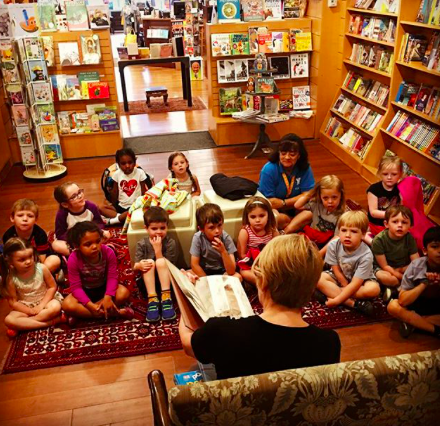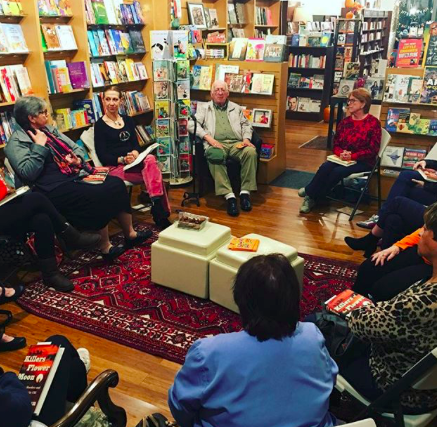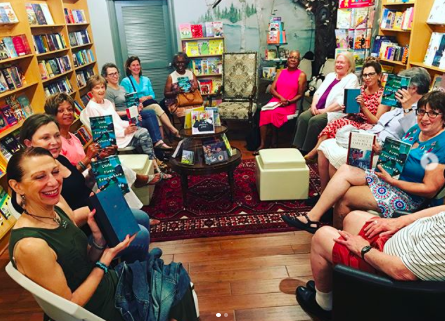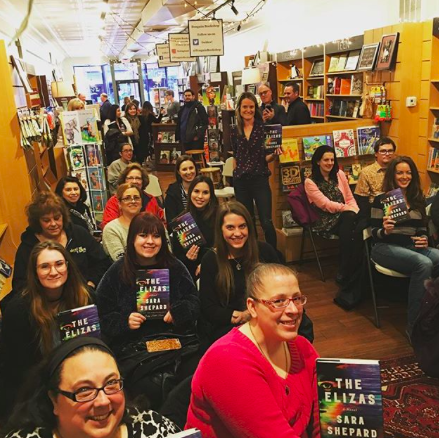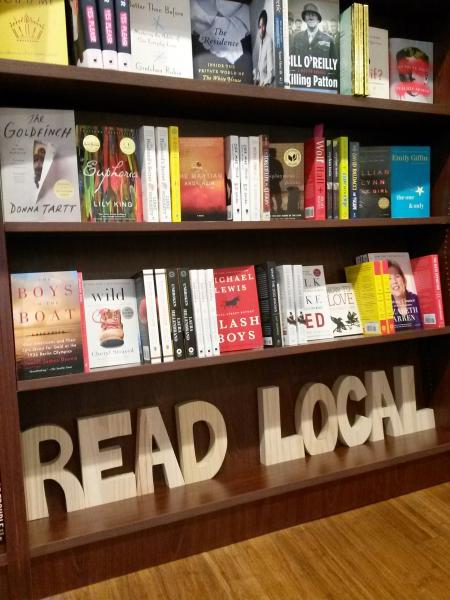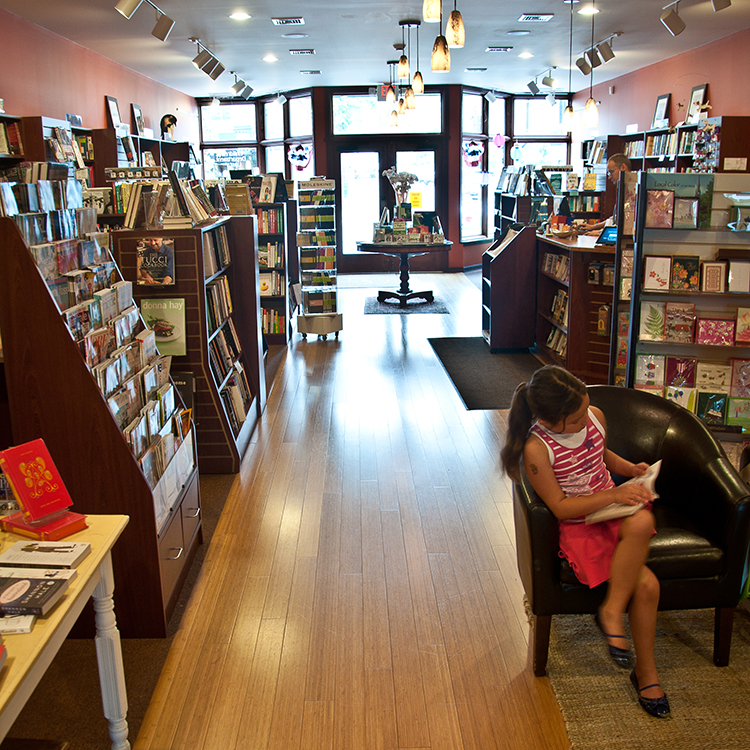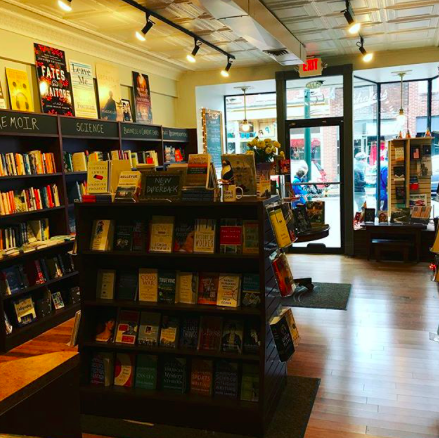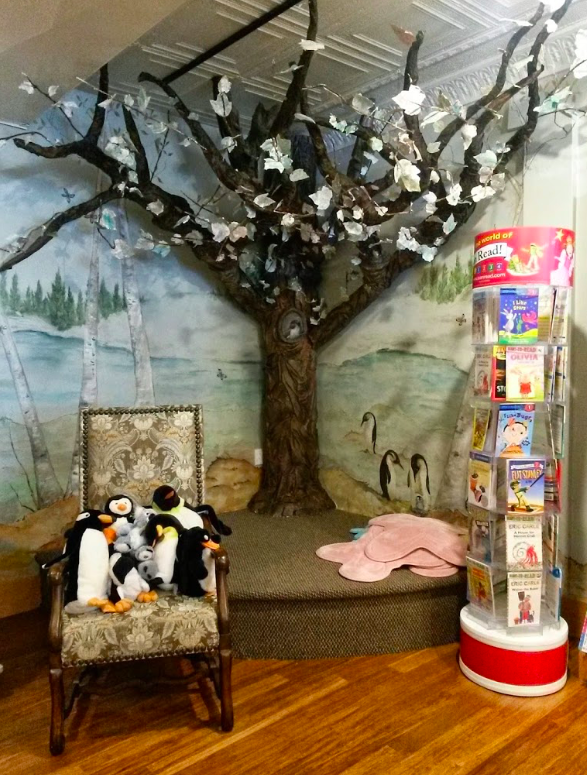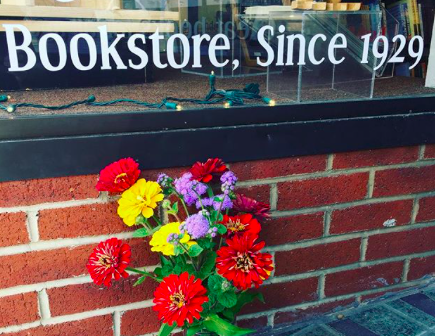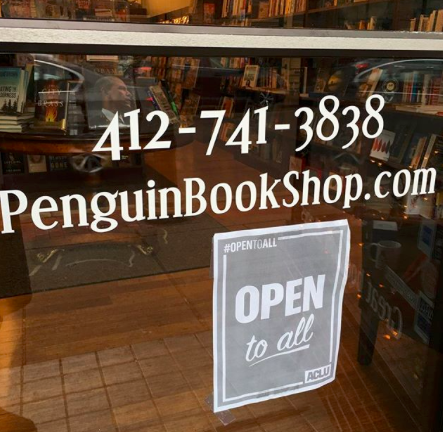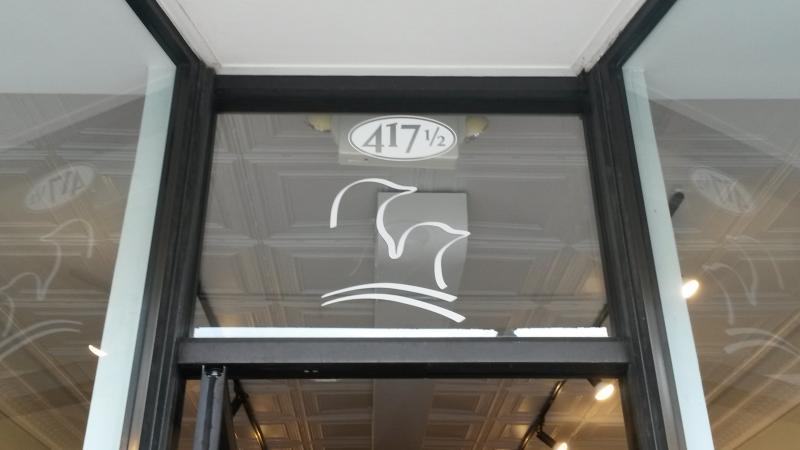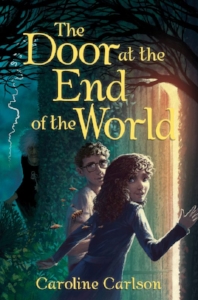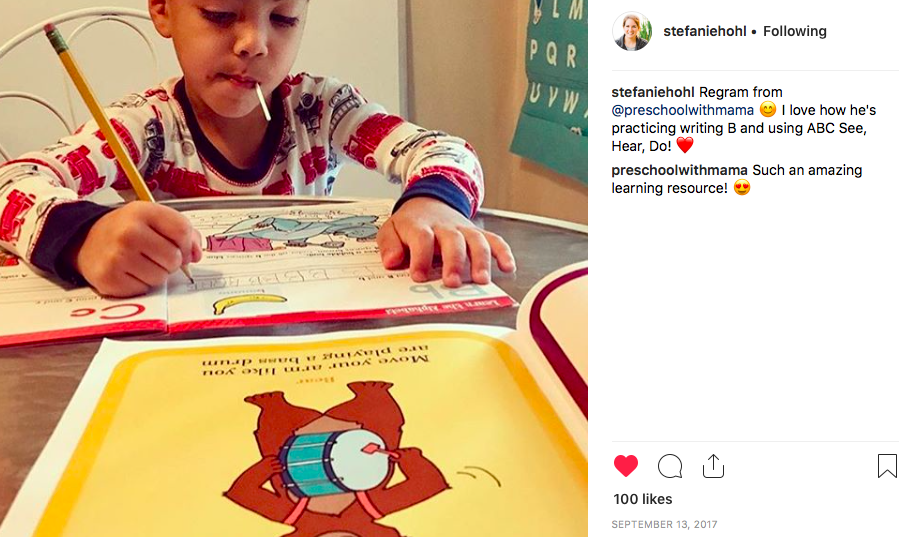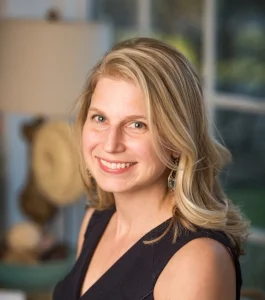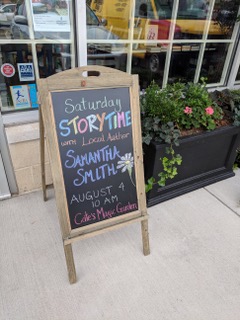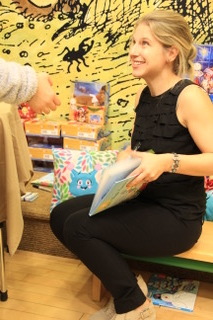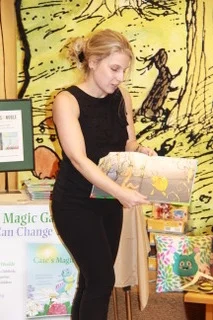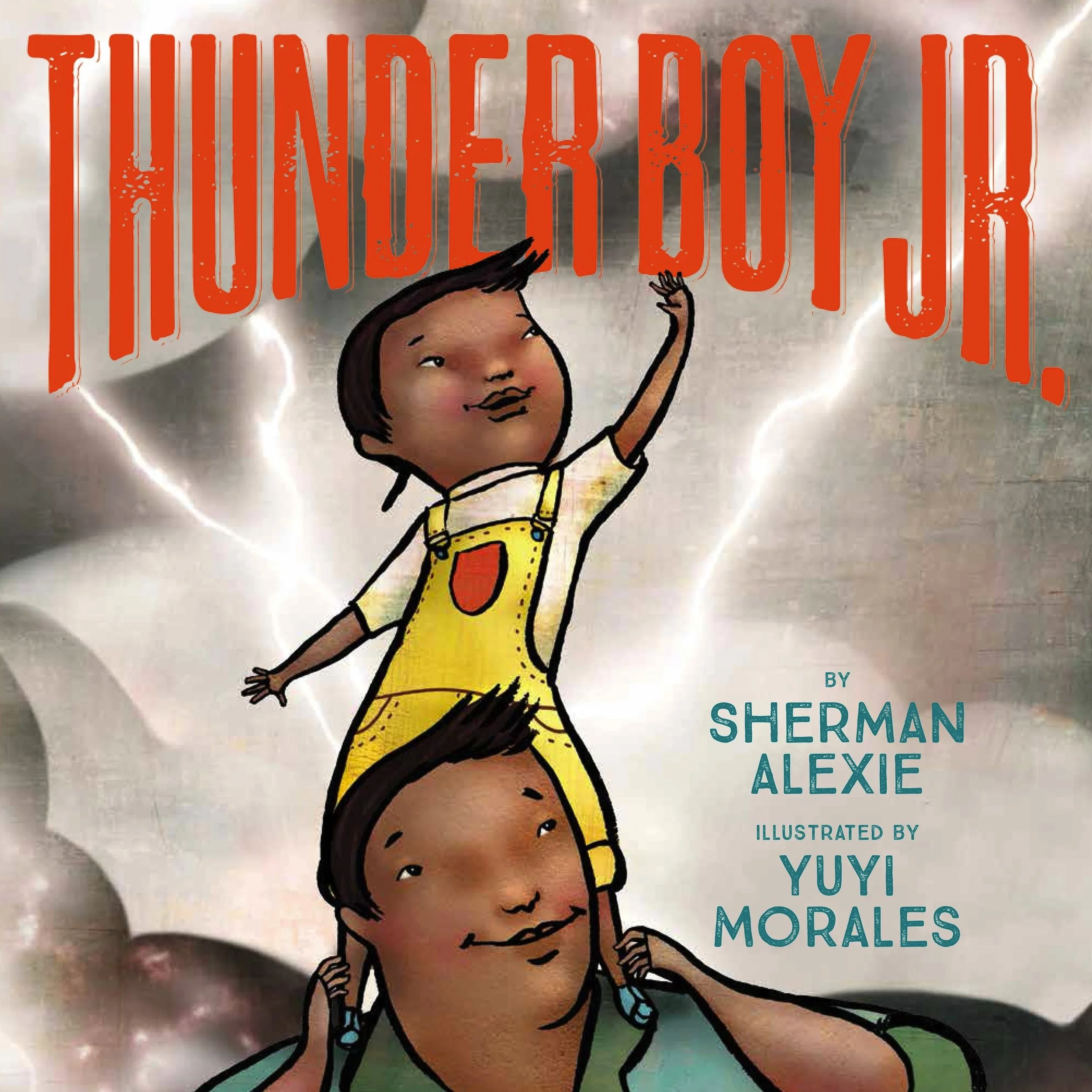I made my two oldest kids picture books about them and wanted to do this for each of my children. However, the more kids I had, the busier I got, and this seemed less feasible. When it came time for me to give my third child his book for Christmas, I already had a 4th baby and didn’t have time to paint or illustrate a new book. My older kids were obsessed with I Spy books at the time, so I decided to make our own personalized I Spy Book, called I Spy the Chous.
I found a little toy to represent each one of my four children. These included Strawberry Shortcake, Batman, a Geotrax guy, and a little Playmobil guy. Then I found a little animal to be each child’s pet. Since I planned on having another child in the future, I included a little plastic baby. (And thank goodness I did!)
Using their toys, I set up scenes and hid the characters and animals among the toys. Then I took a picture. I set up about eight different scenes and wrote a short narrative about the four kids taking a trip through Toyland and all the places they went.
At the back of the book, I included a picture of the pets, so they could go back and look for those.
This has become one of our favorite books. Now that my oldest kids are 14, 12, and 10, a lot of the toys in those pictures are long gone. Some of them we still have for their little brothers to play with. But looking through the I Spy book is like a walk down memory lane of all the favorite toys they used to play with. Plus, they still love finding “themselves” and their pets.
This is a really fun personal Christmas gift that’s not very time consuming and will be sure to become one of your family favorites!









